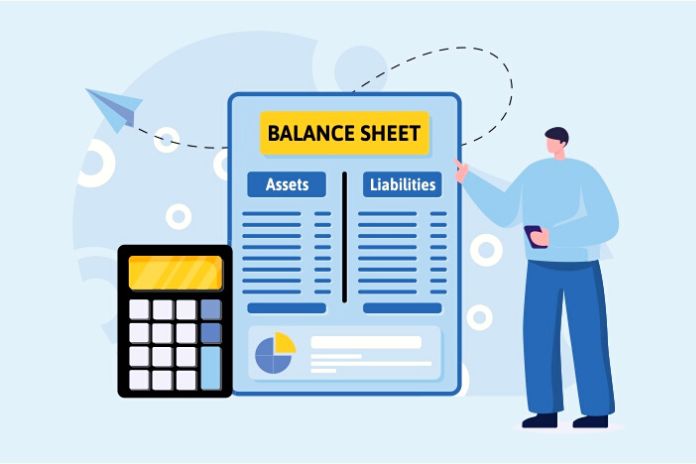For many companies, the balance sheet and the income statement only concern administrative and fiscal areas. If this approach could once be afforded, it is no longer thinkable now. Examining the balance sheet only in the final audit phase is an imprudent, if not dangerous, practice. The budget is a tool to be used before making decisions, especially the most important ones. Understanding how it should be read and interpreted is a skill anyone can learn and develop. To successfully lead a company, it is not enough to “draw the line” at the end of the year as it used to be. The risk is to run all year round and then finally realize that you still need to accomplish something.
Why Learn To Read The Balance Sheet
The company’s balance sheet describes, in summary, form its actual state of health. Knowing how to read and interpret it allows you to make decisions based on factual data. The legislation governing budget preparation is oriented towards calculating the applicable taxes. However, this approach becomes inadequate if you want to exploit balance sheet data for management purposes. For this reason, it is necessary to change its representation.
It is essential to format the balance sheet data using unique models that make it easier and more intuitive to read. It may not be easy to understand the first few times, but everyone can learn with the correct method and tools. Reading and interpreting the financial statements means, above all:
- evaluate the sustainability of company choices;
- measure profit margins ;
- know the language of banks and save on economic costs;
- assess the state of health of client companies ;
- monitor the results of competitors.
Getting used to deciding with the numbers in hand means making a qualitative leap in the study and development of projects. It means developing control tools and getting used to working towards goals. So let’s get to the heart and start with some definitions. The first thing to understand is the distinction between an accounting balance sheet and a statutory balance sheet:
- Accounting Balance: it is what the entrepreneur knows and sees during the year. Contains the values relating to revenues and costs updated for a given month. In practice, it is the summary of all the purchase and sale invoices recorded by the accounts in that period. However, some items ( depreciation, inventory, TFR, etc.) are absent and should be entered manually. However, few do so, so the accounting balance sheet during the year is incomplete.
- Civil Budget: it is a similar spending plan yet in a brief organization, which is stored in the register of organizations and from that second, it turns into a public report. Practically speaking, everybody can counsel the accounting reports documented through the data set overseen by the trade office. Notwithstanding, the financial record documentation is a commitment for business entities (Srl, Spa, and so on.).
The change from the bookkeeping asset report to the legal monetary record happens because of the bookkeeper, who:
- Initially, it does the end tasks of the bookkeeping economic record;
- It then, at that point, does the transformation in the organization expected by the standard code (thus the meaning of “common regulation”).
Each organization can adjust the financial record to the necessities of its business, a piece like a customized suit. The legal spending plan has a comparative plan for all organizations. Hence, we will zero in unequivocally on the last option.
How Is The Budget Made Up?
A dense series of ever-changing rules dictate the drafting of financial statements. From a management point of view, the relevant element is represented by the numbers. To understand how to use them, it is essential to know the four documents that make up the financial statements:
- Balance Sheet: This plan photos the organization’s asset report toward the year’s end. Comprising two restricting segments, resources and liabilities, it has the capability of recording the resources claimed by the organization (resources) and the wellsprings of supporting (penalties);
- Income Statement: this asset report gathers every one of the expenses and incomes recorded by the organization during the year. If the monetary record is a photo of the organization, the pay explanation instead looks like a film that determines what occurred from January first to December thirty-first;
- Additional Note: it is a distinct record that a couple know and use. It has the capability of enumerating a few things and making sense of the bookkeeping models utilized;
- Cash Flow Statement: measures the incomes recorded during the year. Despite its significance, it is still mostly secret. Just in 2015, it became one of the budget summaries imagined by the standard code.
The obligation to prepare the four documents does not apply to all companies in the same way. There are differences based on company size.
Also Read: Low-Code Platforms Increase The Efficiency Of IoT Projects

